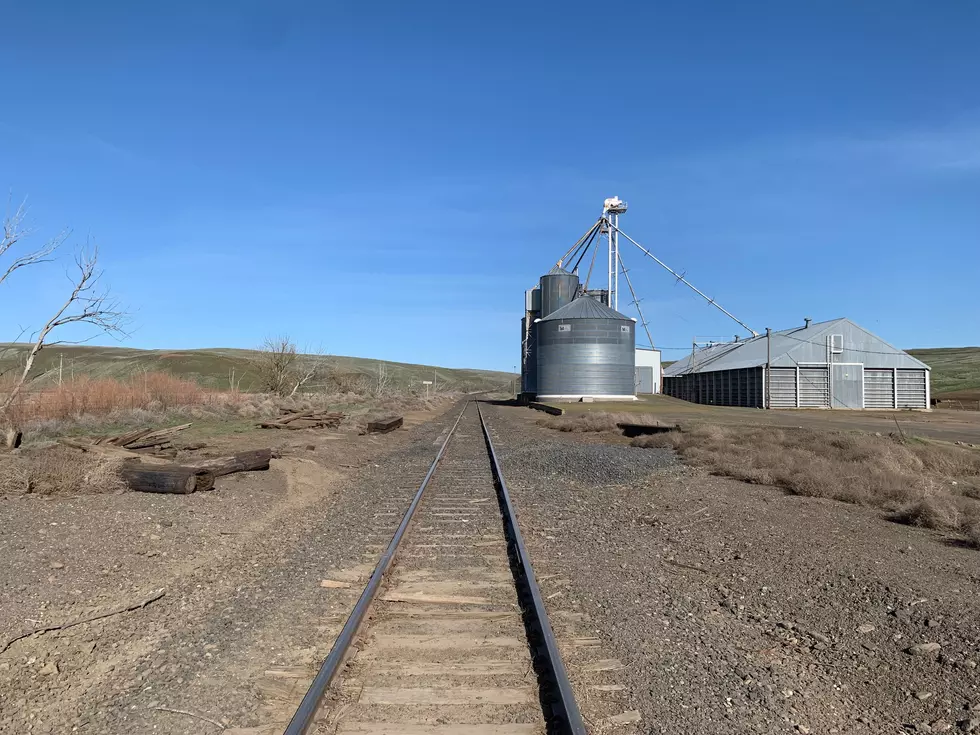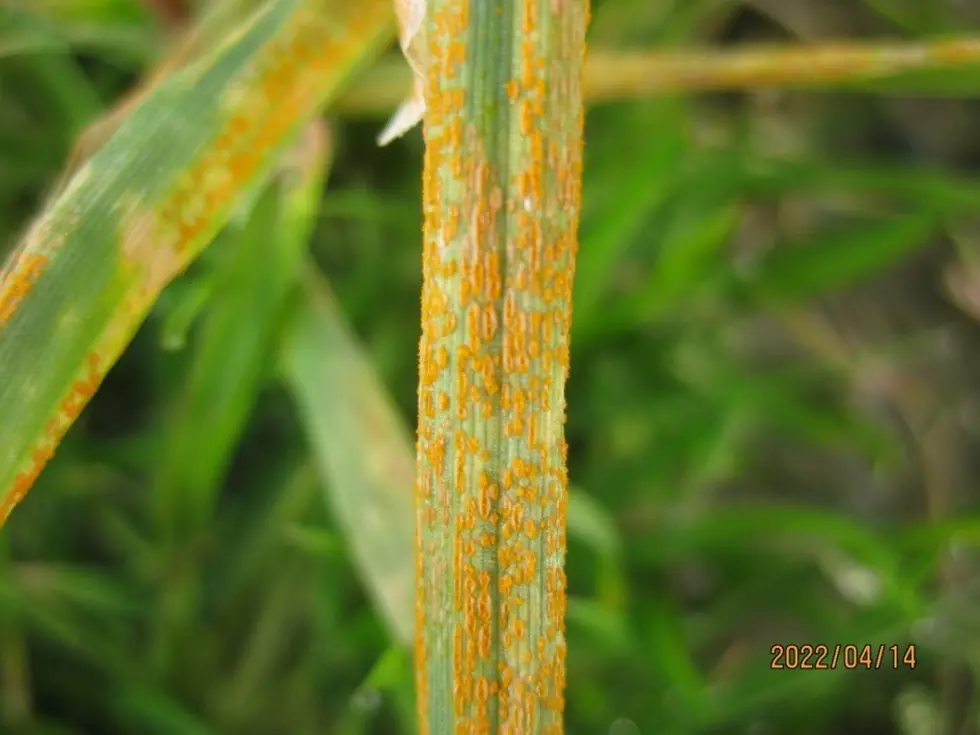
Stripe Rust Pressure Low, For Now
Although stripe rust pressure is relatively low across the Inland Northwest for this time of year, growers still need to pay attention to the disease. Washington State University is warning rust can develop quickly under rust-favorable conditions. The recent weather conditions and those forecasted for the next couple of weeks are conducive for stripe rust infection.
Moderately susceptible and susceptible varieties of winter wheat (ratings 5-8 in the Seed Buyer’s Guide) need fungicide application. For the winter wheat fields that have been applied with fungicides, check the fields 3-5 weeks after the previous application depending upon fungicides.
Most fungicides containing one active chemical, such as Tilt (propiconazole) and Headline (strobilurin), protect crop for 20-30 days, and fungicides containing two or more active chemicals, such as Quilt Xcel (azoxystrobin + propiconazole) and Trivapro (azoxystrobin+Propiconazole+Solatenol) protect crop for 30-40 days. When activing rust pustules appear in fields, fungicide application is needed. Fungicides are not recommend for fields grown with resistant and moderate resistant varieties (ratings 1-4 in the Seed Buyer’s Guide), unless active rust pustules are easily found in the fields.
Depending upon the early or late planting, fungicides may or may not be needed at the herbicide application time. The general recommendation is checking fields and using fungicide only when active rust can be found.
If you have a story idea for the Washington Ag Network, call (509) 547-1618, or e-mail gvaagen@cherrycreekradio.com
More From PNW Ag Network









